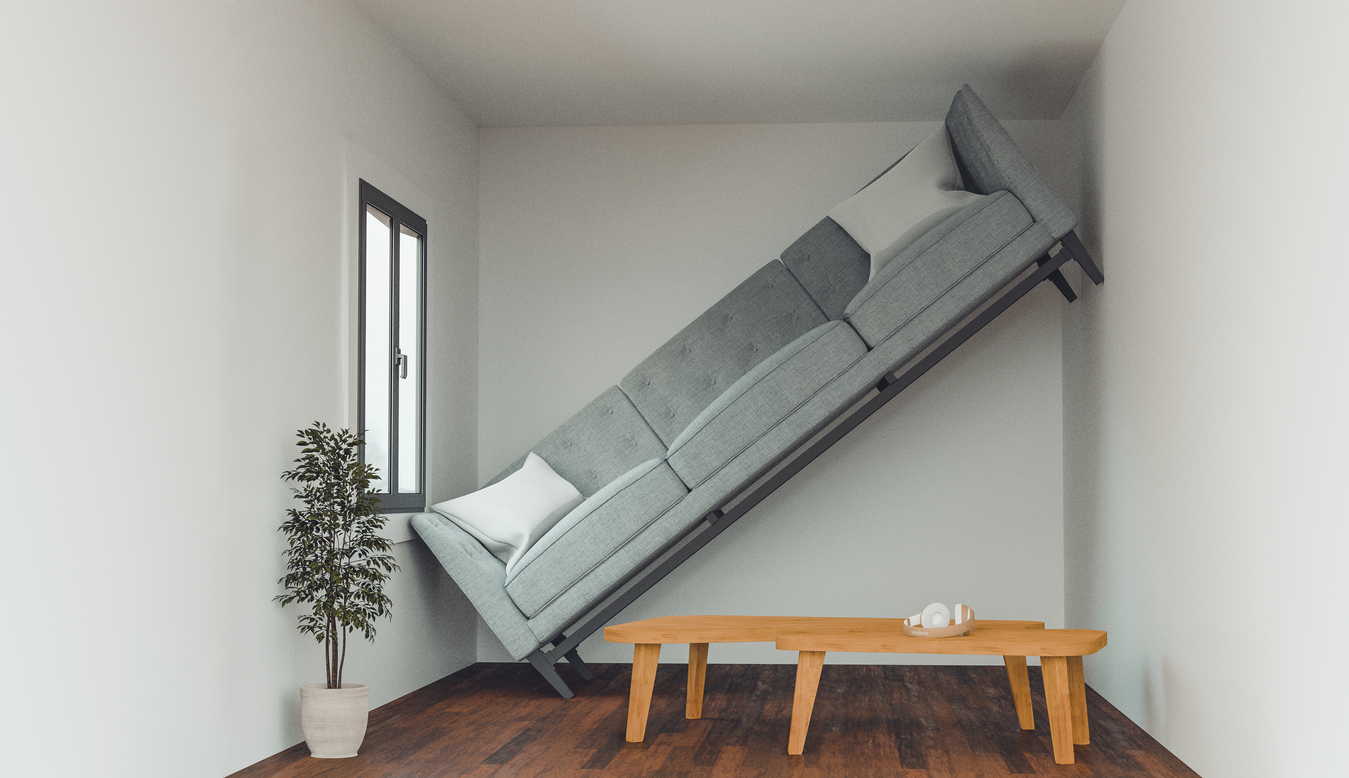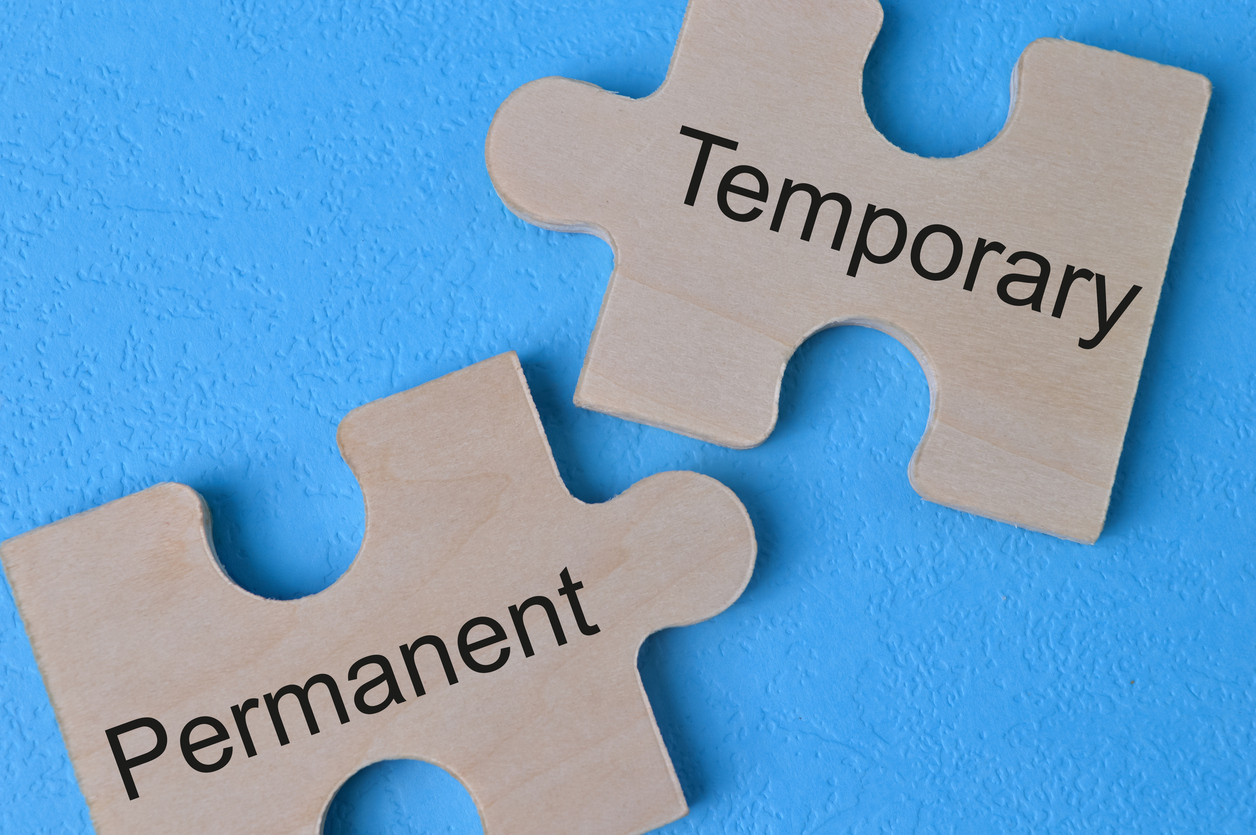Protect your property – that’s the fundamental reason for purchasing insurance. To do so effectively, you need the right coverage. And the only way to truly ensure that you have the right coverage is to understand every provision within your insurance policy.
One area policyholders often struggle to grasp is the “Loss of Use” coverage. Loss of use coverage is designed to “maintain your normal standard of living” after a loss. It provides coverage for the home (or condo unit) owner to rent or stay at a temporary location while the property is being repaired. It can also provide the owner with coverage for lost rental income if the property is held for rental.
The limit on loss of use coverage often falls short – way short – of what the policyholder actually needs. If your house has a fire, or has serious water or other damage, how long will it take to make full repairs? It can sometimes take a year – or more. Let’s say you’re out of your house for 18 months. What does it cost per month to rent a similar residence?
The calculation doesn’t end there. Just because you’re able to rent a 4-bedroom house like the one you own, doesn’t mean you automatically “maintain your normal standard of living.” Your rental might be an extra 30 miles to and from your work. And suddenly you have to drive more for your kids’ activities. You’re paying for a dog walker instead of having a fenced-in yard. Your home had a work-out room in the basement. Now you have to pay a gym membership during the repair period. Does your loss of use coverage cover that?
It should – if you have enough. If you lose use of that property because of a catastrophe, your coverage kicks in. The limits for loss of use coverage are usually tied to the amount of coverage you choose for your personal property – which is itself often not enough. So, be sure you discuss your standard of living with your insurance agent – talk about how much it would cost to maintain your normal standard of living – all of it! – while your house is being repaired. Note: beware of policies that are limited to only 12 months for loss of use coverage.
Your agent – or your public adjuster – can explain that loss of use coverage is an actual incurred coverage based on documented actual expenses (usually in the form of receipts and cancelled checks). The insurer will pay you any additional expenses you incur above and beyond your normal living expenses. Your agent or adjuster should also explain that once a building settlement figure is reached, the “clock starts ticking” with this coverage. Repairs should begin as soon as possible after the building check is received. Any improvements affecting the time of repairs and delays on your part to commence repairs will not be covered.




